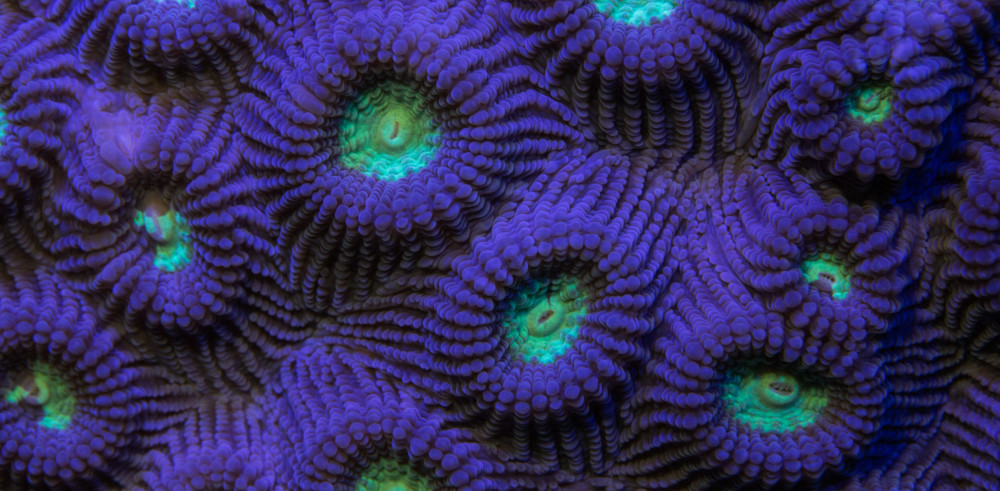Scorpionfish, lionfish and stonefish all belong to the family Scorpaenidae. They all are well camouflaged and highly venomous. Their defensive spines can deliver a painful sting. It’s best to wear exposure protection and maintain good bouncy control to avoid getting envenomated by these ambush predators.
In the 1980’s Robert Bolland stumbled upon an interesting underwater find. He found a tiny undescribed isopod hitching a ride on a scorpionfish. 1984 the parasitic isopod Renocila bollandi from Okinawa was named after him.
Over the years I photographed a dozen of these orange Isopods (Renocilla bollandi)
I have always wondered,
- What is the relationship between the two?
- Is the relationship mutualism, commensalism, and parasitism?
- Why does the isopod only prefer venomous fish (scorpionfish) as its host?
- Why does the isopod always stay close to the eye?
See why they call it the bearded scorpionfish (Scorpaenopsis cirrhosa).
Learn more about the hazardous marine life of Okinawa.
Learn more about Robert Bolland and his research at The Okinawa Slug Site.
My Mission: To Document and Preserve the Wildlife of the Ryukyu Islands
This site is also designed to help people identify the beautiful animals of Okinawa, basically to serve as an online nature reference guide. If you would like to make a contribution to support my mission, please click on the donation link paypal.me/maketheswitch4nature
Your donations will help conservation initiatives as well as bring solutions to the worldwide pollution issues on our beautiful shorelines. Thank you for your support, Shawn M Miller.
#MakeTheSwitch4Nature
Get Fa-Millerized with the Nature of the Ryukyu Islands – – – – SUBSCRIBE BELOW

































 The tiny drill holes are difficult to see without a magnifying glass.
The tiny drill holes are difficult to see without a magnifying glass.
 Strangely, two of the cowrie shells had a drill hole on the top and another on the bottom side. The other eight specimens only had one drill hole on the bottom side. Is it possible that the octopus learned a new behavior? Did it it figure out the most efficient way after the two previous attempts?
Strangely, two of the cowrie shells had a drill hole on the top and another on the bottom side. The other eight specimens only had one drill hole on the bottom side. Is it possible that the octopus learned a new behavior? Did it it figure out the most efficient way after the two previous attempts?
















































